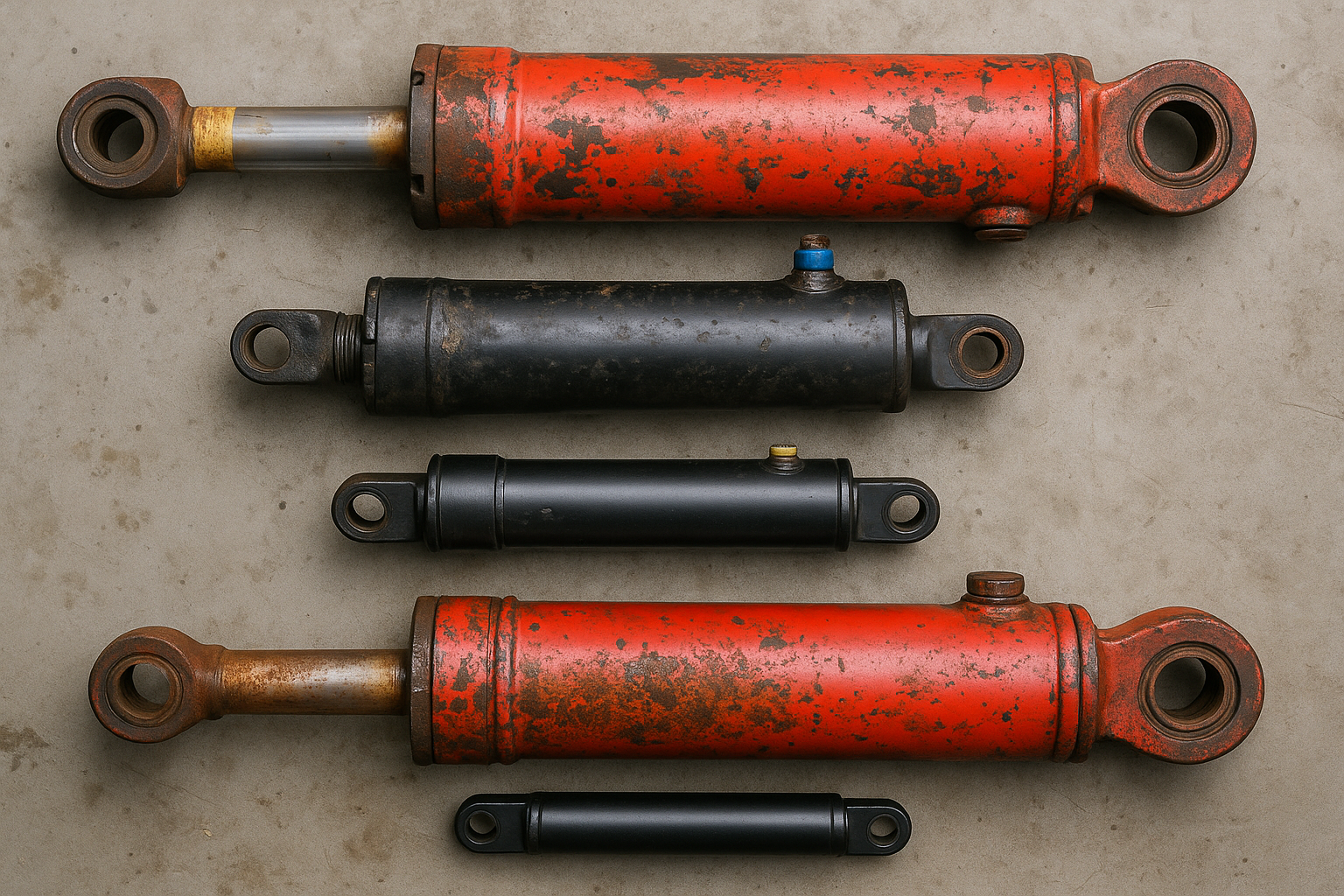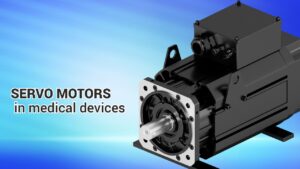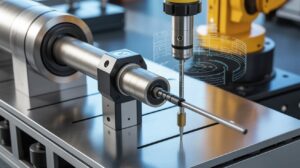Does your equipment feel like it’s working harder than it should? Are you noticing performance drops, leaks, or weird sounds from your machines? It might be time for a hydraulic cylinder repair.
If you rely on heavy-duty hydraulic systems, whether in a cement plant, machine shop, or steel mill, you already know how vital cylinders are. But when they start failing, operations slow down. Productivity drops. Downtime eats into your budget.
The pressure on uptime has never been higher. That’s why recognizing the signs early can save you more than just money; it can save your production line.
This guide breaks down the top 5 signs your hydraulic cylinder needs repair. You’ll learn how to spot trouble, when to act, and how to stay ahead with smart cylinder maintenance strategies.
Hydraulic Cylinder Repair: What It Is and Why It Matters
Before diving in, let’s get clear on what a hydraulic cylinder does. It’s the heart of many machines, translating fluid power into mechanical motion. Whether it’s lifting, clamping, or pressing, the cylinder keeps the work moving.
But even the best cylinders wear out over time. Seals degrade. Rods bend. Pressure fluctuates. And that’s where hydraulic cylinder repair steps in. It restores your unit without the need to replace the whole thing, saving money and reducing downtime.
And yes, doing it right requires more than a wrench. It takes inspections, pressure testing, seal replacements, chrome finishing, and proper torquing. That’s where a repair guide helps keep your systems running clean and tight.
Sign #1: Fluid Leaks
Fluid around your cylinder? Don’t ignore it. This is the most obvious, and most overlooked, problem we see.
Leaks can come from:
- Damaged rod seals
- Worn piston seals
- Scored or cracked barrels
- Overpressure or overextension
You might notice puddles under your equipment, slow movements, or pressure loss in the system. In hydraulic setups, even a small leak can turn into a massive cost if left unchecked.
It’s not just about fluid replacement, it’s about contamination. Leaks can draw dust and debris inside. That can ruin your valves, clog your lines, and lead to full system failure.
Smart teams follow a cylinder maintenance checklist weekly or monthly. This keeps leaks under control and machines on track.
Sign #2: Slow or Erratic Operation
Is your equipment not responding like before? That sluggish lift, jerky movement, or hesitation during a cycle could point to internal bypassing.
In simple terms:
- Your cylinder’s piston seals may have failed
- Fluid bypasses the piston, losing force
- Movements become uneven or slow
If one side of your operation works fine and the other lags, a bad cylinder is often the cause. This happens a lot in older cylinders or those exposed to high-cycle operations.
Hydraulic flow issues also appear here. Low pressure? It could be the pump, or it could be internal wear. Use flow meters and test ports to narrow down the issue.
A detailed repair guide can show you how to isolate cylinder failure from system-wide faults.
Sign #3: Unusual Noises or Vibrations
Rattling, banging, or whining? Machines should hum, not scream.
These are signs of mechanical stress, typically from:
- Bent rods
- Cavitation (air bubbles collapsing inside fluid)
- Misalignment between mount points
- Faulty bearings
When you hear noise, it’s already late. Sound means metal is moving the wrong way. And that usually means a hydraulic cylinder repair job is waiting.
These noises also point to excessive backpressure or incorrect cushioning settings. Inspect the mounts, clevis pins, and rod straightness before resuming use.
Routine noise checks should be part of your cylinder maintenance calendar.
Sign #4: Pressure Irregularities
If pressure readings bounce or flatline, your cylinder could be at fault. Most pressure issues point back to one of three causes:
- Internal leak paths
- Damaged seals
- Rod scoring or wear
Pressure checks at both ports (A and B) give clues on whether the issue sits in the cylinder or elsewhere in the hydraulic loop.
Pressure issues can be subtle. Your machine might complete a cycle, but too slowly or be underpowered. That’s easy to miss unless operators are trained to log cycle times.
Here, diagnostic tools and sensors are key. A proper repair guide will show where and how to hook them up for fast checks.
Sign #5: Visible Wear and Physical Damage
This one’s simple. Look at the cylinder. Do you see:
- Chrome flaking off?
- Deep scoring on the rod?
- Dents on the barrel?
- Loosened mounts or pins?
According to industry studies, seal wear is a leading cause of hydraulic cylinder failures, showing how vital regular inspection is.
Worn seals create an internal bypass. Bent rods destroy alignment. Flaked chrome damages internal seals. Each problem compounds.
Once damage appears on the surface, you need to act fast. Because inside, it’s likely worse.
Trained eyes know when wear is repairable and when a rebuild is wasteful. That’s where experience and proper hydraulic cylinder repair services make the call.
The Cost of Ignoring the Warning Signs
Delaying repair leads to:
- Loss in productivity
- Higher part failure across systems
- Safety issues on the floor
- Costlier future replacements
Unscheduled downtime can break monthly targets. One failed cylinder can halt an entire process. In some cases, oil leaks can trigger safety violations or fire risks.
It’s not just mechanical. In North America and Canada, OSHA and local laws now require proactive equipment checks. Non-compliance can cost both in fines and trust.
When to Repair vs Replace Your Hydraulic Cylinder
Sometimes, fixing makes sense. Other times, replacement saves more in the long run. Here’s how to decide:
| Condition | Repair | Replace |
| Minor seal wear | Yes | No |
| Deep scoring on the piston rod | No | Yes |
| Barrel is dented or cracked | No | Yes |
| Cylinder is leaking but aligned | Yes | No |
| Downtime cost is high | Yes | No |
| Rebuild cost exceeds 60% of new | No | Yes |
Use cost calculators and consult with your service team. And always record the service history. That builds a smarter cylinder maintenance program for the future.
Final Thoughts
At THM Huade, we know what your equipment demands. When signs point to trouble, we don’t guess. We help you diagnose fast, act smart, and restore flow without delay.
We provide complete hydraulic cylinder repair options, backed by real experience and built for industry needs. Explore our full catalog and find the setup that fits your machines, before wear becomes a shutdown.
FAQs
Can I repair a leaking hydraulic cylinder myself?
If you have proper tools and training, yes. But without pressure testing and seal sizing, mistakes happen fast. It’s best left to professionals.
What laws apply to hydraulic equipment in Canada?
CSA standards apply to many industrial systems. Hydraulic leaks can also violate local environmental and safety regulations under provincial rules.
Is there a difference between mobile and industrial hydraulic repairs?
Yes. Mobile systems have different pressure ranges, seal types, and often operate in dirtier conditions. Techniques vary by use case.
Can damaged rods be straightened?
Sometimes. Mild bends can be corrected in-shop. But deep damage or chrome loss usually means replacement. Always measure deflection before reuse.



